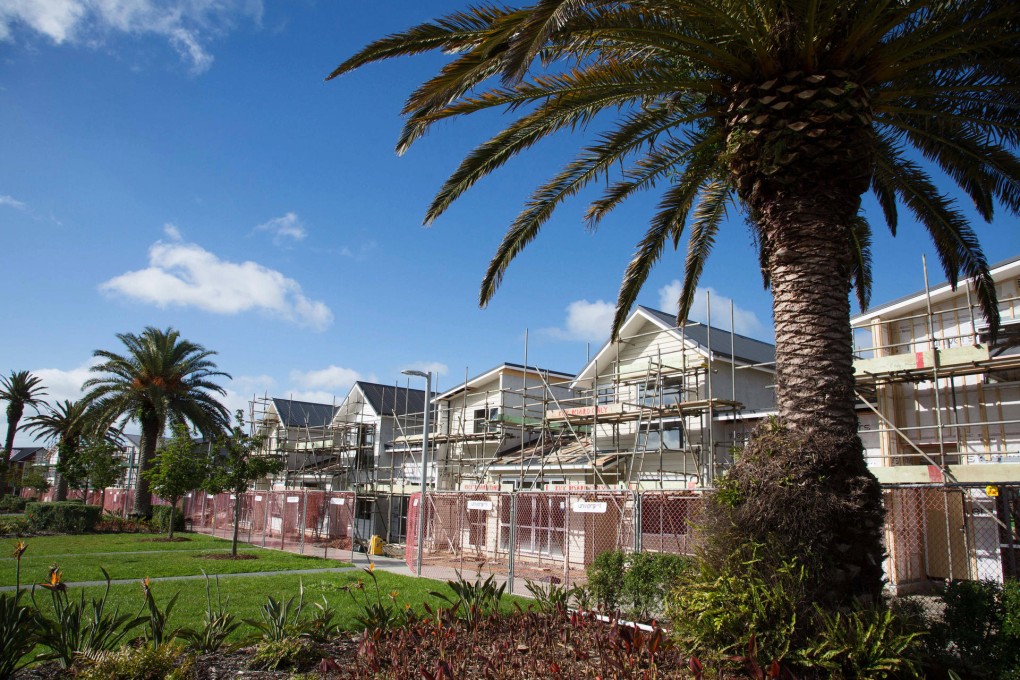New Zealand limits risky mortgage lending to head off risk of bubble
Central bank tackles risk of housing bubble by limiting low-deposit mortgages, but many in industry doubt if it will have the desired effect

New Zealand's central bank took a step in the dark yesterday when new rules to limit risky house lending came into effect, although many economists doubt they will work.

From yesterday, banks have to keep lending to borrowers with mortgage deposits of less than 20 per cent of a property's value - so-called high loan-to-value ratio lending (LVR) - to no more than 10 per cent of their total lending.
The Reserve Bank of New Zealand had been flagging for the past year its concern about the risks of an overheated housing market, particularly in the biggest city Auckland, and the risk that posed to the country's financial system if there should be sharp downturn.
"The LVR restrictions are designed to help slow the rate of housing-related credit growth and house price inflation, thereby reducing the risk of a substantial downward correction in house prices that would damage the financial sector and the broader economy," bank governor Graeme Wheeler said in his September 12 monetary statement.
By his own admission, Wheeler does not know if the measure will work and what impact it might have, although he has said the bank does not want to cool the housing market by raising its official cash rate because it might fuel buying of an already high New Zealand dollar.
Median house prices were at a record in August, having risen 9.5 per cent over the year, but in Auckland, where supply is heavily constrained, prices rose 17.9 per cent.